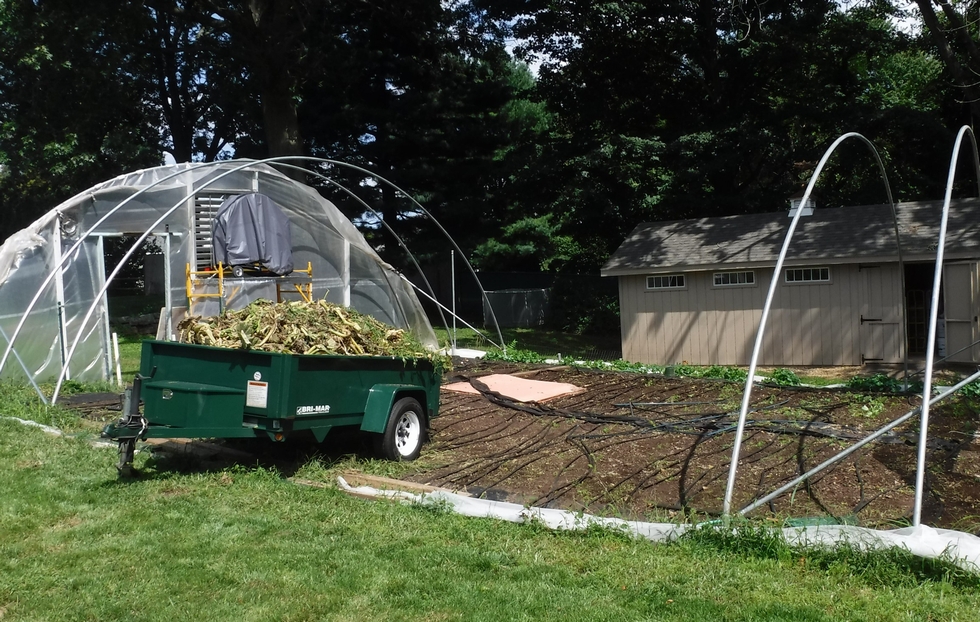| |
|
Entry Date
|
Nick Name
|
Location
|
|
Thursday, October 03, 2024
|

|
Matt D.
|
Connecticut
|
 |
Entry 106 of 116 |
 |
|
|
|
1. Patch Clean-Up
While at the end of the growing season this can be one of the least �fun� tasks, it is critical to help reduce the potential for disease carry over to the following year. A growers timing is also important as a frost can result in the plant going immediately to mush only increasing the challenge.
Now, the roots are the hardest to remove and while it may not be possible to get them all, any roots that are able to be removed are only going to help achieve the goal of disease reduction. The plant can also hold insects so moving the plant physically off site can also help reduce this pressure the following year.
Many growers elect to apply a fungicide of some kind in the fall, and this would be advised against. The reason is the goal is to reduce the potential population to increase the effectiveness of disease control products in the future.
Consider this hypothetical situation� Fungicide �X� kills 95% of fungus in the soil.
In the fall the final count would be the highest since there is still going to be active plant tissue present. Over the off-season the plant material will die and the fungal count will likely be reduced as well. So, killing 95% of a smaller number is more advantageous than killing 95% of a larger number.
A fall application is often referred to as a revenge kill/application. Basically, it makes the grower feel good, but does not do as much total benefit as the grower would like.
Article Link: https://njaes.rutgers.edu/E310/
|
|
|



